
Edwardian Filet Crochet Pattern from 1917

The “centerfold” of the April 1917 issue of The Modern Priscilla magazine featured a timeless piece of Edwardian craftsmanship: a detailed pattern and instructions on how to crochet intricate filet lace. This pattern, with its delicate and elegant design, catered to homemakers and young women who took pride in creating heirloom-quality household linens. From bridal teacloths to napkins, pincushions, scarf ends, doilies, and decorative table pieces, this crochet pattern showcased the refined art of needlework that defined the Edwardian era.
A Peek into 1917 and the World of The Modern Priscilla
By 1917, The Modern Priscilla had become one of the most widely read domestic magazines in the United States. Known for its focus on women’s crafts, homemaking tips, and fashion guidance, it bridged the gap between Victorian-era propriety and the evolving social freedoms of the early 20th century. Published monthly, the magazine answered the growing demand for household creativity and elegance while remaining firmly rooted in traditional domestic values. This particular issue’s centerfold pattern speaks to the incredible craftsmanship and attention to detail characteristic of Edwardian designs.
The Edwardian era, named after King Edward VII and extending beyond his reign, placed a great emphasis on refined, detailed aesthetics. Filet crochet, as seen in this 1917 pattern, was a popular form of lacework during this time, imitating the more luxurious and complex bobbin lace, but created using simpler tools—primarily a crochet needle and thread. Women of the time used these techniques to craft beautiful, functional items that often became cherished family heirlooms.
What Makes Filet Crochet Unique
Filet crochet originated in the early 19th century as a way to mimic openwork designs in a more accessible and affordable manner. Unlike the labor-intensive laces of earlier centuries, filet crochet followed a straightforward grid pattern: chains and double crochets composed an openwork mesh, filled in at strategic spaces to form intricate designs. The balance of delicacy and simplicity made it a favorite choice for creating everything from table linens to clothing embellishments.
This specific pattern from The Modern Priscilla offered a guide to creating pieces for formal occasions, such as a bridal tea or other special gatherings. The bridal teacloth, for example, would have served as a central decorative highlight for such intimate affairs, evoking both elegance and sophistication. Fringe details, as seen in the scarf ends, were also typical, adding a playful yet ornate touch consistent with Edwardian design preferences.
The Role of Needlework in 1917 Society
In 1917, the United States was entering World War I, after declaring war on Germany in April of the same year. With the nation’s focus shifting to resourcefulness and self-sufficiency, domestic skills like sewing, knitting, and crochet were not just hobbies—they were acts of ingenuity and, often, patriotism. Many homemakers took immense pride in creating their own linens and clothing, passing down invaluable skills to younger generations.
Craft magazines like The Modern Priscilla played an essential role in providing patterns, guidance, and inspiration. They connected women in ways that modern social media does today, allowing them to share creative ideas and trends while fostering community and creativity. The focus on lace patterns like this crochet tutorial reflected not just a love for beauty but also the very Edwardian impulse to balance practicality with artistry in everyday life.
Rediscovering Edwardian Elegance
Crochet designs from this era remain popular today, with vintage patterns often being reinterpreted by modern crafters. The enduring appeal of these designs lies in their versatility and timeless beauty. While the original pattern was tailored for teacloths, doilies, and other decorative items, contemporary crafters can adapt the design for everything from shawls to wall hangings, giving the exquisite Edwardian filet crochet style a fresh, modern relevance.












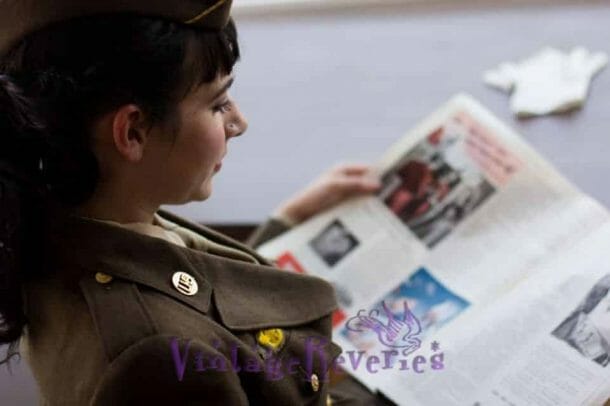
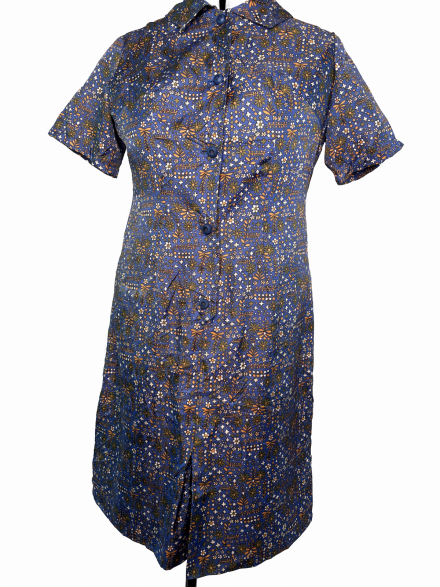

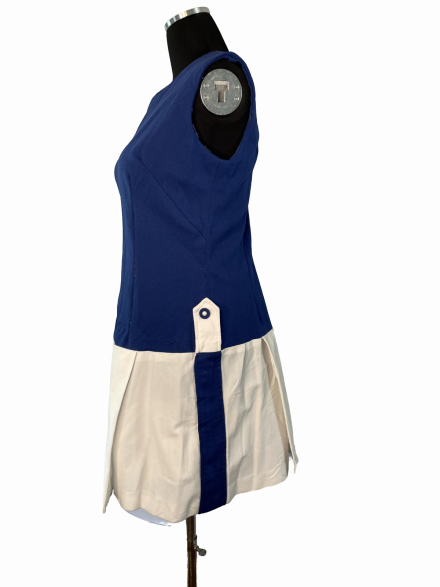

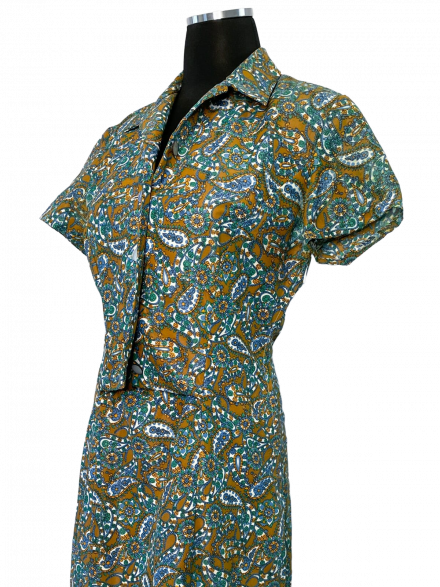
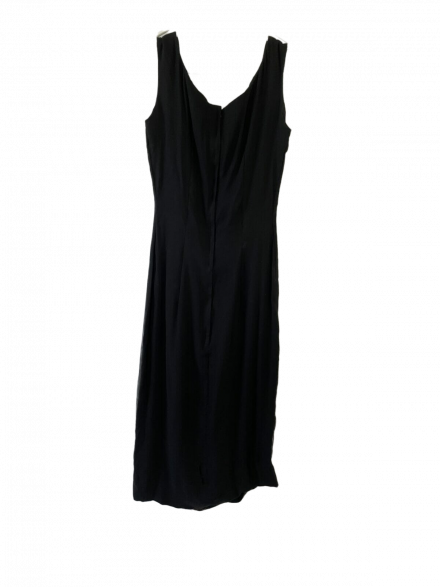
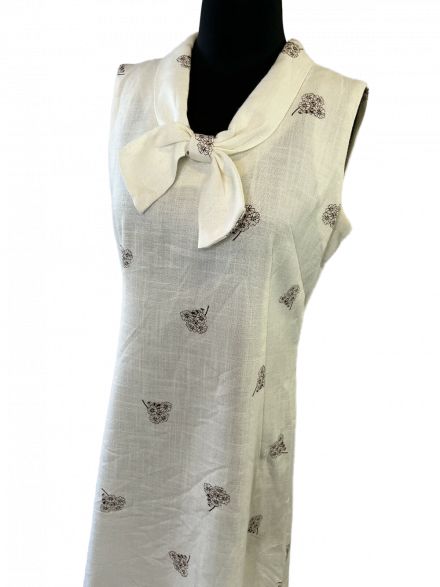
You must be logged in to post a comment.